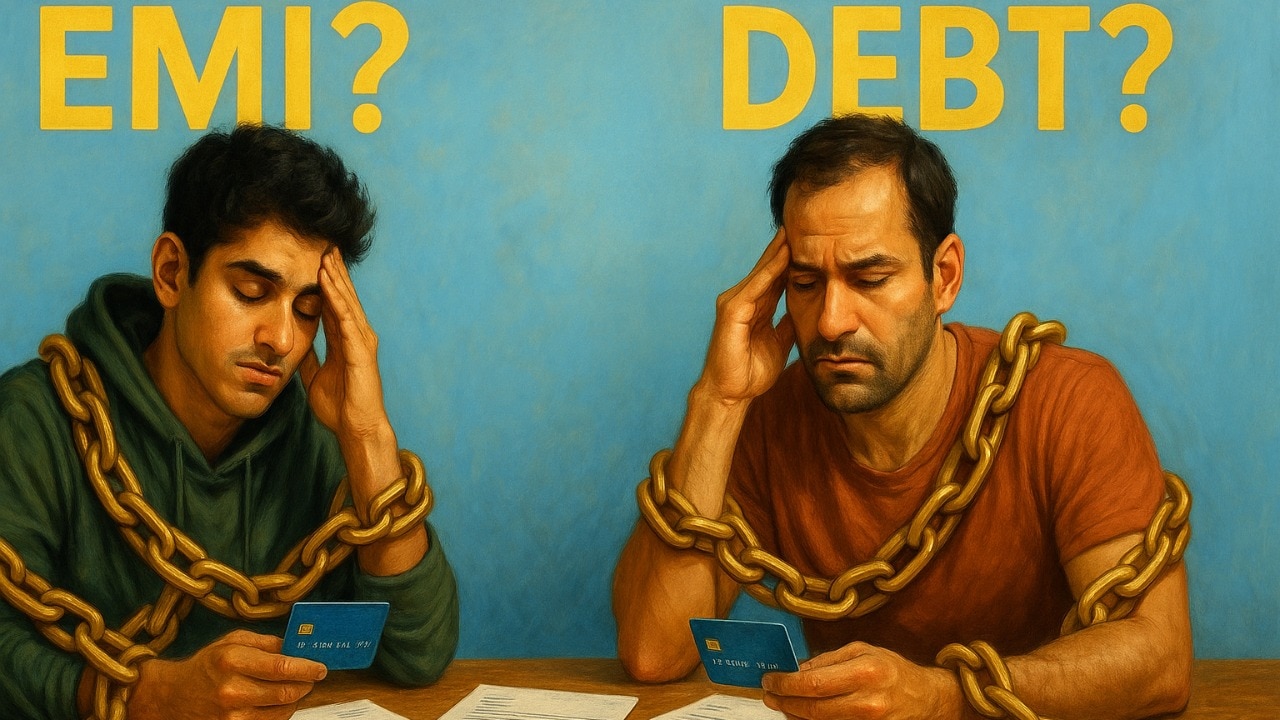The Subscription Trap: Are You Drowning in Recurring Costs?

We live in a subscription economy. From streaming services and meal kits to fitness apps and curated boxes, recurring payments have become the norm. The convenience is undeniable – instant access, personalized experiences, and a seemingly endless stream of new things. But beneath the surface of this alluring lifestyle lies a growing concern: subscription debt.
The Rise of Recurring Payments
The subscription model's explosion is fueled by its appeal. It caters to our desire for instant gratification and simplifies our lives. Companies have mastered the art of making subscriptions feel essential, often offering free trials and introductory discounts that lure us in. But those introductory offers often expire, leaving consumers with higher monthly bills they hadn't fully anticipated.
Who's Most Vulnerable?
While subscription debt can affect anyone, younger generations – digital natives accustomed to online shopping and instant access – are particularly vulnerable. They've grown up with a culture of 'buy now, pay later' and are often more comfortable with recurring payments than older generations. The ease of signing up for services on their phones, combined with targeted advertising and social media influence, contributes to the problem.
The Silent Debt Trap
The insidious nature of subscription debt is that it often goes unnoticed. Unlike credit card debt, which typically comes with high interest rates and immediate alerts, subscription payments are often small and dispersed throughout the month. They blend in with other regular expenses, making it easy to lose track of how much you're actually spending. This 'death by a thousand cuts' effect can quickly add up, leaving individuals struggling to make ends meet.
The Impact on Financial Health
Accumulating subscription debt can have serious consequences for financial health. It can limit your ability to save for important goals, like a down payment on a house or retirement. It can also lead to increased stress and anxiety, as you struggle to manage your finances.
Breaking Free: How to Take Control
Fortunately, you can take steps to break free from the subscription trap:
- Track Your Subscriptions: The first step is awareness. Compile a list of all your subscriptions and the monthly cost of each. Use a budgeting app or spreadsheet to keep track.
- Review and Cancel Unused Subscriptions: Be honest with yourself. Are you really using all those services? Cancel anything you don't need or rarely use.
- Negotiate Lower Rates: Don't be afraid to contact companies and ask for a discount. They may be willing to offer a lower rate to keep you as a customer.
- Set Budget Limits: Allocate a specific amount of money each month for subscriptions and stick to it.
- Be Wary of Free Trials: Set reminders to cancel free trials before they convert to paid subscriptions.
The Future of Subscriptions
The subscription economy isn't going away anytime soon. However, consumers are becoming increasingly aware of the potential pitfalls. As awareness grows, we can expect to see more tools and resources available to help people manage their subscriptions and avoid falling into debt. The key is to be mindful of your spending habits and to prioritize your financial well-being over the convenience of recurring payments. Take control of your subscriptions before they take control of your finances.






